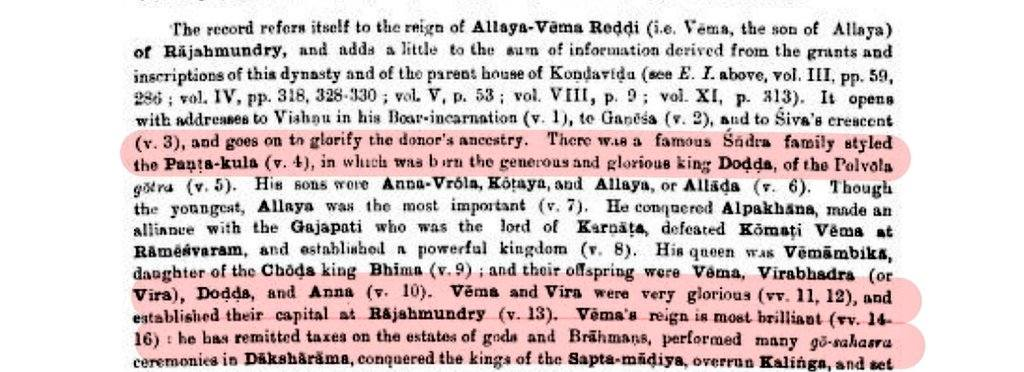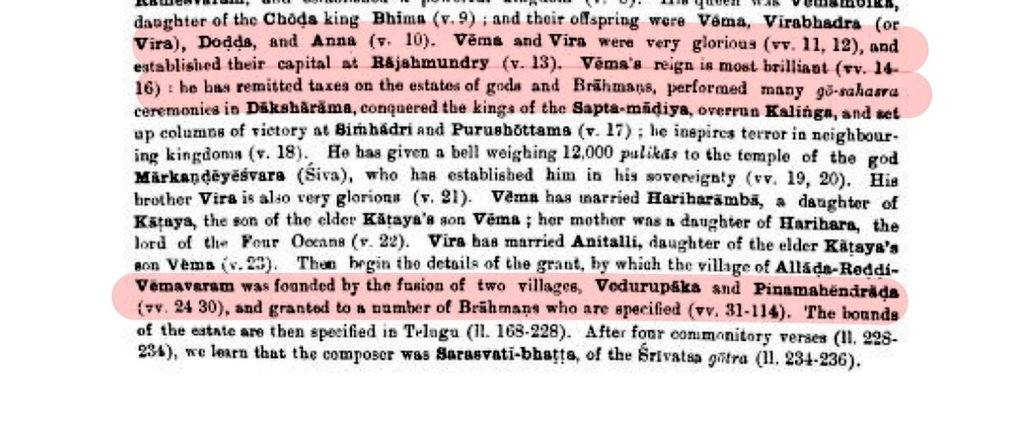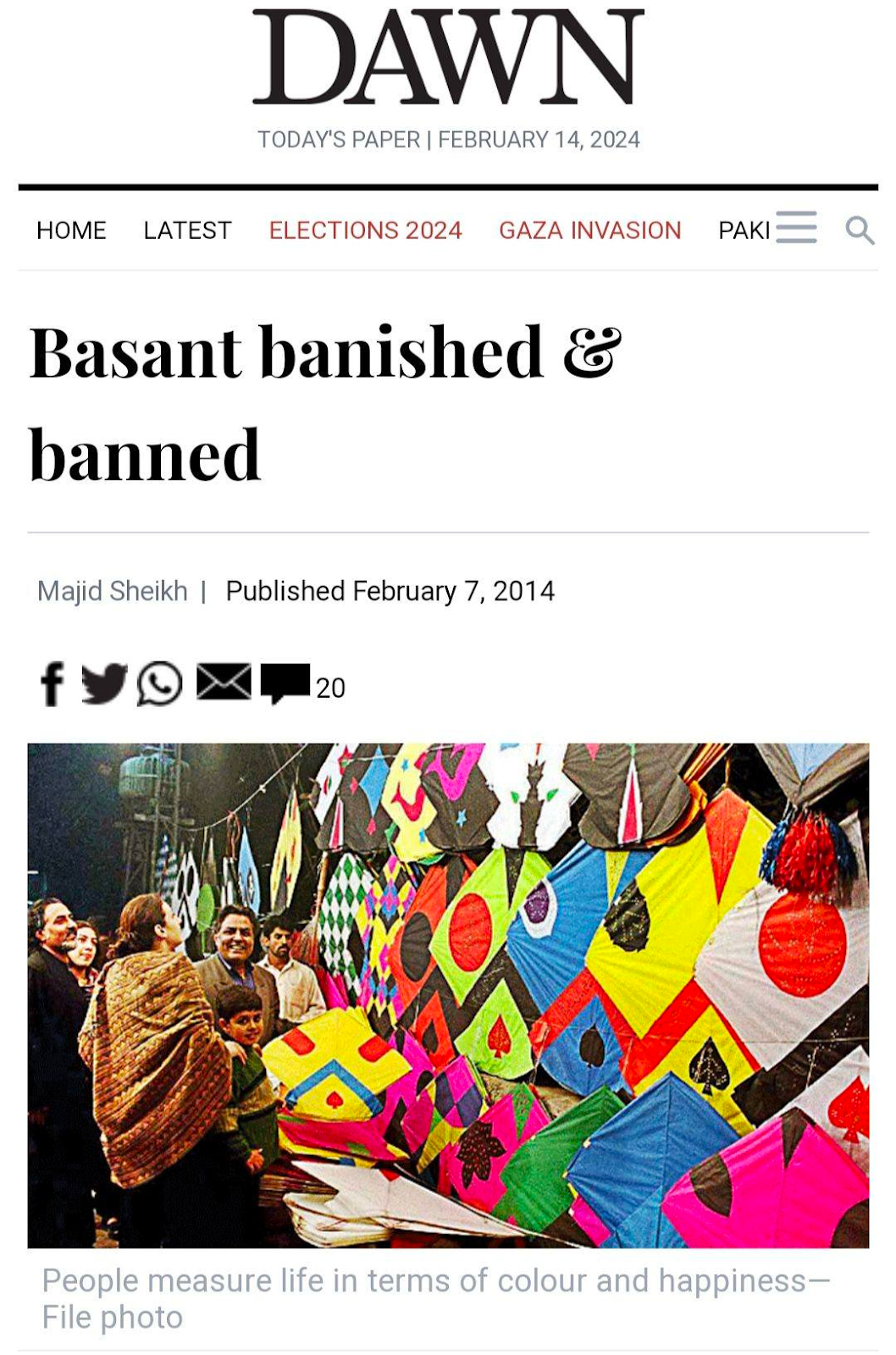Yama is control. PrAnaYama is control of Prana, of which one aspect is breath. The goal is mental & physical health, preparing oneself, meaning the mind & the body, for higher pursuits in Yoga. Each of these PrAnAyAmas have different effects on the mind & the body. The breath is connected to the mind. During times of anger or passion, the breath becomes quick, raspy & uneven. During times of deep concentration, it can be deep. The concept here is that it is a two-way connection. By controlling the breath, the mind can be controlled. Such as asking pregnant women to consciously take deep breaths during delivery.
UjjAyi PrAnAyAma: Head down, Eyes closed, JnAna mudra. Slow deep steady breath, hold, slow deep exhale, hold.
Bhamari PrAnAyAma: Bhamari is a large black bee. Similar to Ujjayi, but during exhale, make a sound like a bee.
Surya Bhedana PrAnAyAma: Head slowly down, left hand Jnana mudra, eyes closed, Inhale slowly in right nostril, hold, exhale slowly in left nostril. For advanced practitioners who are able to do this in in equal intervals, hold after exhale.
NAdi Shodana PrAnAyAma: Similar to Surya Bhedana, but alternate nostrils. Typically, for all of us, one nostril will be more active than another when breathing, that can keep changing. The eventual goal is to have even breathing across nostrils over time.
BhastrikA PrAnAyAma: BhastrikA is a blacksmith's bellows used in a furance. Quick forceful inhale & exhale 12 times for 1 session. Stage 1 is both nostrils. Stage 2 is similar to Surya Bhedana, with quick forceful inhale on the left nostril & quick forceful exhale on the right nostril.
KapAlaBhAti PrAnAyAma: A less strenuous version of BhastrikA. Slow inhalation with quick exhalation & small retention.
Sitali PrAnAyAma: Sitali means cool. Inhale with curled tongue through mouth with ssssa sound. Hold. Exhale with humming sound.
Sitakari PrAnAyAma: Variation of Sitali, cold PrAnAyAma. Inhale through mouth with straight tongue near teeth & slighted parted lips. Hold. Exhale with humming sound.
Sama Vritti PrAnAyAma: Uniformity in inhale, hold, exhale, hold. The hold after exhale is harder & can be gradually practiced. Can be practiced with most PrAnAyAmas.
Vishama Vritti PrAnAyAma: Irregular in inhale, hold, exhale. Ratios are 1:4:2, 2:4:1, 4:2:1 to begin with. The hold after exhale will lead to more ratios.
Viloma PrAnAyAma: Against the hair or grain, against the natural order. Pause or interrupt during inhalation or exhalation for a few seconds
Anuloma PrAnAyAma: Along the hair or grain, in natural order. Inhale through both nostrils, exhale through one nostril alternately.
Pratiloma PrAnAyAma: Prati means reverse or opposite. Inhale through alternate nostrils, exhale through both nostrils.
Sahita Kumbhaka PrAnAyAmas: Sahita means help. When breath is held after inhale or exhale to aid in PrAnAyAma.
Kevala Kumbhaka PrAnAyAma: Kevala means only. When holding breath after inhale or exhale becomes part of our natural breathing, after practice.
Per the teachings, the number of breaths determine one's lifespan. For instance, dogs that breathe quickly up to 35 breaths per minute have a relatively shorter lifespan than a tortoise that has only 4 breaths per minute, that live much longer than humans. Correct use of PrAnAyAma can increase longevity.
Patanjali says in his Yoga Sutras: Just like the wind drives away smoke & impurities & allows a fire to burn well, PrAnAyAma drives away the internal impurities allowing the divine fire within to burn bright, preparing oneself for DhArana (external concentration) or DhyAna (focus within or meditation).
However, there is a word of caution by SvAtmArAmA in Hatha Yoga PradipikA. "Prana should be tamed more gradually & slowly than lions, tigers or wild elephants, else it is dangerous". Please practice with caution.
Dhanyavadhaha, Thank you.








